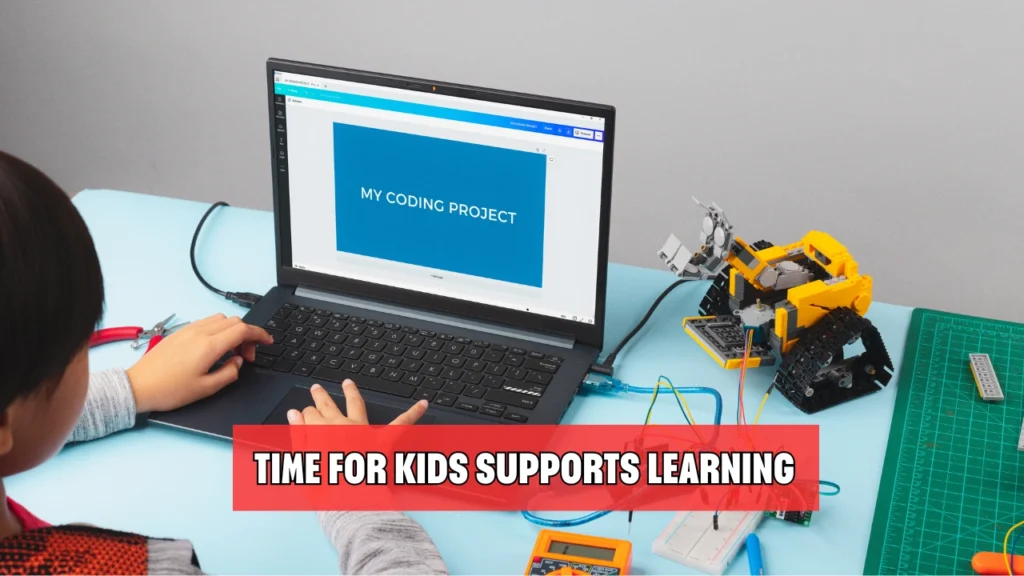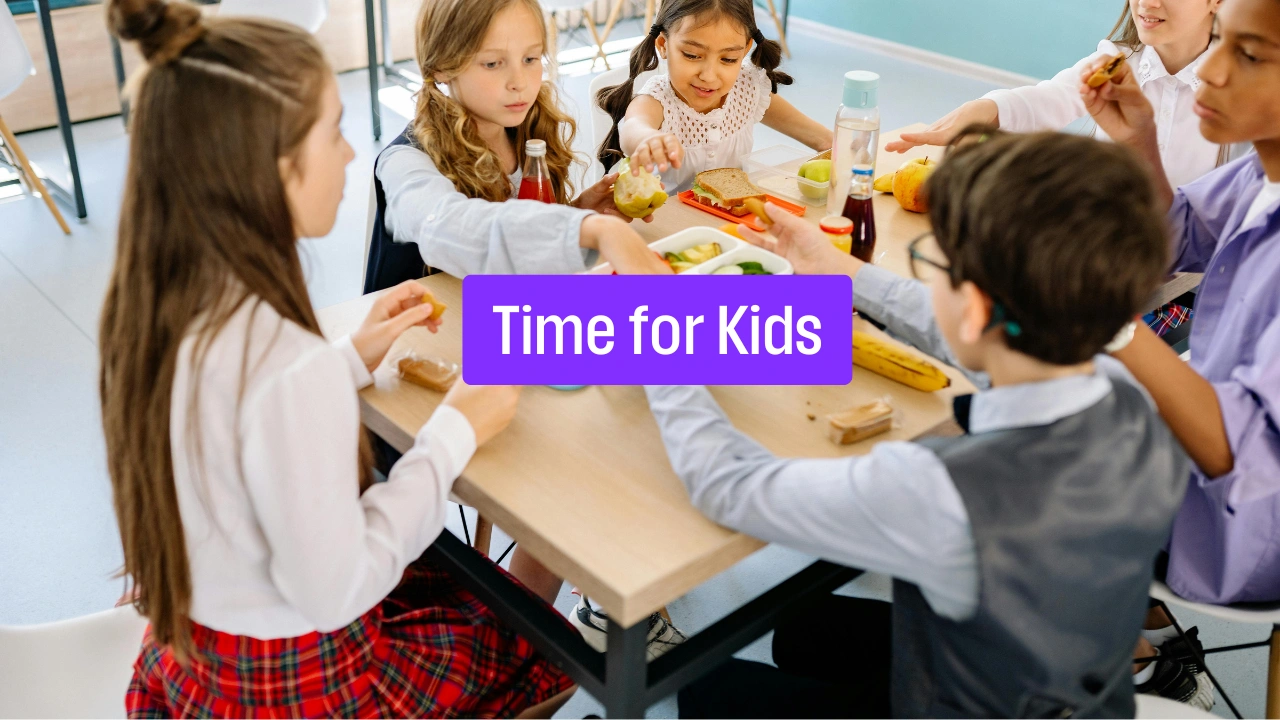Time for Kids: Engaging News & Learning for Young Minds
In today’s digital world, children have more access to information than ever before. However, not all sources are reliable or designed for young readers. Time for Kids is a trusted educational platform that delivers news, current events, and engaging stories specifically for children. It helps them develop reading skills, stay informed, and think critically about the world around them.
This article explores Time for Kids, its features, benefits, and how it supports childhood learning. Whether you’re a parent, teacher, or student, this guide will help you understand why this resource is an excellent tool for young minds.
What is Time for Kids?
Time for Kids (TFK) is a child-friendly news magazine that provides age-appropriate articles on various topics, including science, politics, entertainment, and global affairs. A part of Time Magazine, this publication simplifies complex topics to make them understandable and engaging for young readers.
It is widely used in schools as an educational resource to improve literacy, encourage critical thinking, and introduce kids to journalism. Teachers often integrate Time for Kids into lesson plans to enhance classroom discussions.
Why Was Time for Kids Created?
Understanding news and current events is crucial for young minds. However, most mainstream media is designed for adults, making it difficult for children to comprehend. Time for Kids was developed to bridge this gap by offering reliable, unbiased, and easy-to-read news.
Who Can Benefit from Time for Kids?
- Students: Helps improve reading comprehension and general knowledge.
- Teachers: Provides high-quality educational content for classrooms.
- Parents: A safe and informative news source for children.
- Schools: A valuable addition to literacy programs and current events discussions.
Features of Time for Kids
1. Kid-Friendly News Coverage
Time for Kids presents news in a way that children can understand without feeling overwhelmed. It covers national and international stories while avoiding distressing details that might be inappropriate for young readers.
2. Engaging Topics
The magazine covers a wide range of subjects, including:
- Science and technology – New discoveries, space exploration, and medical advancements.
- Environmental issues – Climate change, conservation, and sustainability.
- Politics and government – Elections, laws, and civic responsibilities.
- Sports and entertainment – Inspiring athletes, movies, and books.
3. Interactive Learning Tools
Time for Kids offers digital content, quizzes, and worksheets to reinforce learning. These interactive features help children engage with news stories beyond just reading.
4. Age-Appropriate Content
TFK tailors its content for different age groups. The language, topics, and explanations are designed to match the comprehension level of elementary and middle school students.
5. Classroom Integration
Teachers use Time for Kids as a classroom tool for discussions, writing assignments, and debates. The magazine aligns with Common Core standards, making it a great fit for school curriculums.
How Time for Kids Supports Learning

1. Improves Reading and Literacy Skills
Regular reading helps kids develop vocabulary, sentence structure, and comprehension. Since TFK presents engaging and well-structured content, children naturally improve their reading abilities over time.
2. Encourages Critical Thinking
News articles help kids analyze information, form opinions, and develop problem-solving skills. Discussing topics from TFK allows children to engage in meaningful conversations and debates.
3. Builds Awareness of the World
By reading about current events, children gain a broader understanding of different cultures, global issues, and societal changes. This awareness fosters empathy and global citizenship.
4. Teaches Media Literacy
In the age of misinformation, teaching kids to differentiate between reliable news and fake news is essential. Time for Kids is a credible source that helps students develop media literacy skills.
Comparison: Time for Kids vs. Other Children’s News Platforms
Here’s a comparison of Time for Kids and other popular news platforms for children:
| Feature | Time for Kids | Scholastic News | National Geographic Kids | BBC Newsround |
|---|---|---|---|---|
| Age-Appropriate Content | Yes | Yes | Yes | Yes |
| Classroom Integration | Yes | NO | No | No |
| Digital Access | Yes | Yes | Yes | Yes |
| Science and Nature Focus | Yes | Yes | Yes | No |
| International News Coverage | Yes | No | No | Yes |
As seen in the table, Time for Kids offers a well-rounded approach, making it a top choice for young learners.
The Role of Time for Kids in Digital Learning
How the Digital Version is Changing the Way Kids Consume News
The digital version of Time for Kids has transformed how children engage with news by making content more interactive and accessible. Unlike print versions, digital formats allow for real-time updates, ensuring kids receive the latest stories instantly. With mobile compatibility, children can explore news anywhere, making learning more flexible.
This shift to digital also introduces multimedia elements that enhance understanding. Videos, infographics, and clickable elements make it easier for young readers to grasp complex topics. Additionally, digital articles often include hyperlinks to related content, encouraging children to explore topics beyond the initial article.
Benefits of Interactive Content Like Quizzes, Videos, and Games
Interactive elements in the Time for Kids digital edition provide an engaging way for children to retain information. Quizzes at the end of articles test comprehension, helping kids reinforce what they’ve learned. Videos add a visual and auditory component, making news more relatable and exciting.
Games and interactive challenges make education feel like play, increasing children’s motivation to learn. These elements cater to different learning styles, ensuring that visual, auditory, and hands-on learners all benefit. The combination of text, visuals, and activities makes digital learning far more immersive than traditional print.
Is It Better Than Traditional Print Magazines for Learning?
Digital learning offers greater accessibility and interactivity, making it an attractive option for many children and educators. Kids can zoom in on text, listen to audio versions of articles, and participate in interactive discussions. These features make learning more dynamic, especially for students who struggle with traditional reading.
However, print magazines still hold value by reducing screen time and improving focus. Some children learn better with physical books, and print editions encourage deep reading without digital distractions. The best approach is often a mix of both, using print for focused reading and digital for enhanced engagement.
How to Access Time for Kids
Subscription Options
TFK offers both print and digital subscriptions. Schools, libraries, and individual families can subscribe based on their needs. Digital access allows students to explore additional interactive content.
Free Resources
While most content requires a subscription, some articles and activities are available for free on the official website. Teachers can often access trial editions for classroom use.
Mobile and Tablet Access
With digital availability, children can read Time for Kids on tablets, computers, or smartphones, making learning accessible anytime.
Conclusion
Time for Kids is an invaluable resource that helps children develop literacy skills, critical thinking, and global awareness. Whether used in classrooms or at home, it provides a safe and informative platform for young readers.
By introducing kids to real-world issues in an engaging and age-appropriate way, TFK empowers the next generation of informed citizens. If you’re a parent, teacher, or school administrator, consider incorporating Time for Kids into your child’s learning journey.
Encourage your child to explore news, ask questions, and develop a lifelong love for learning with Time for Kids!






